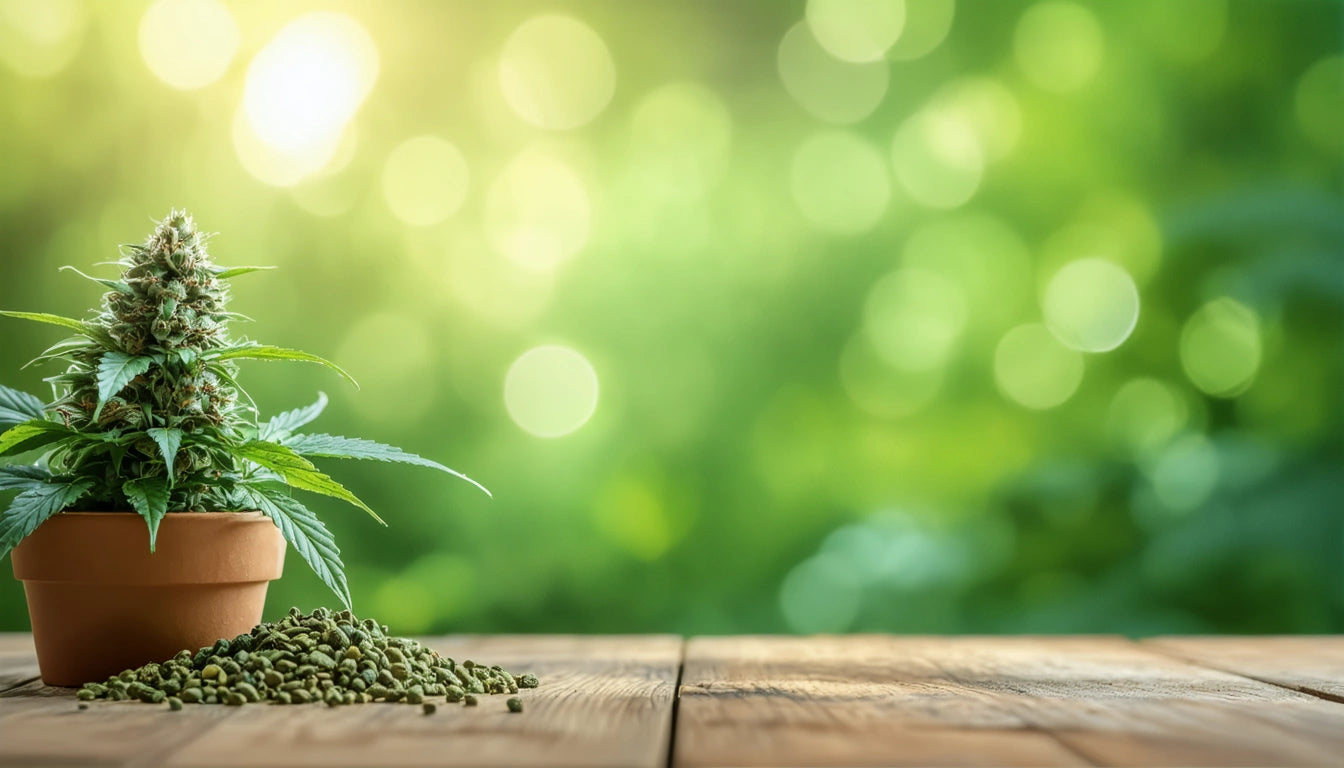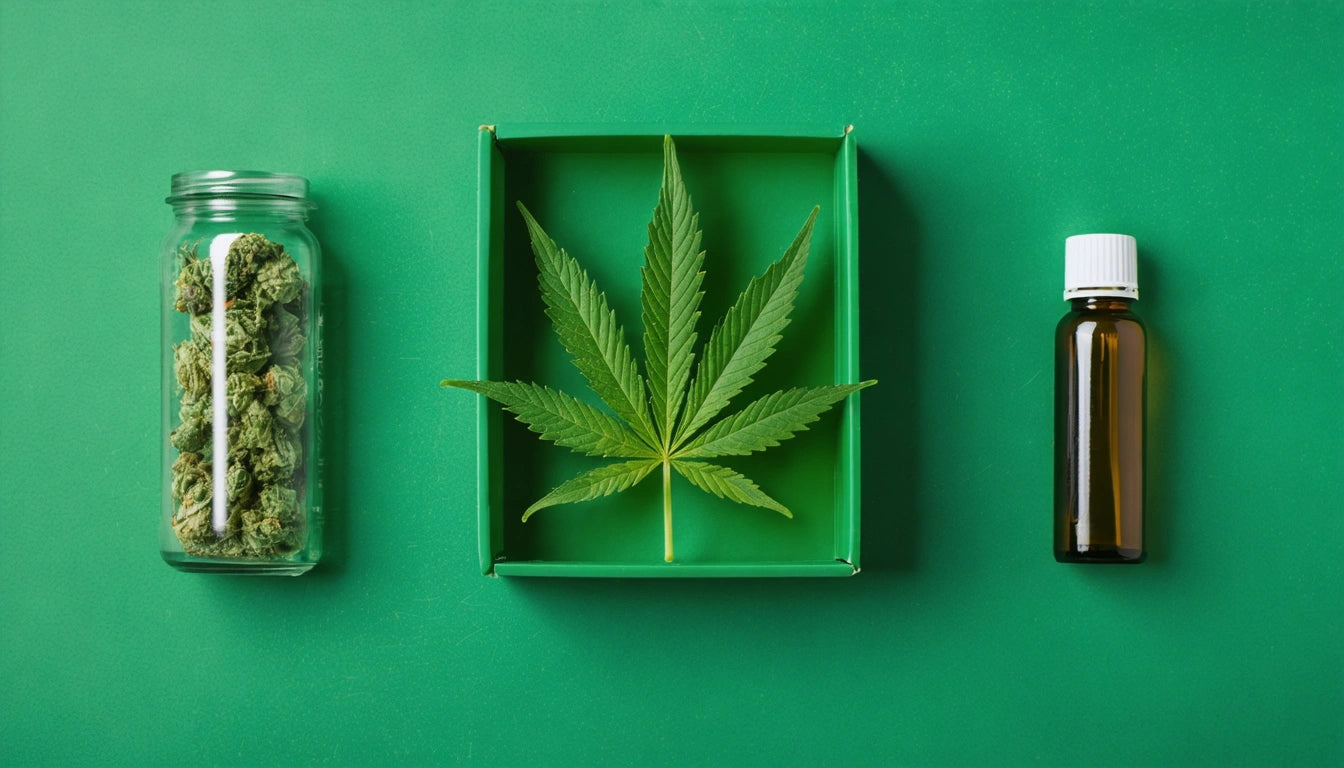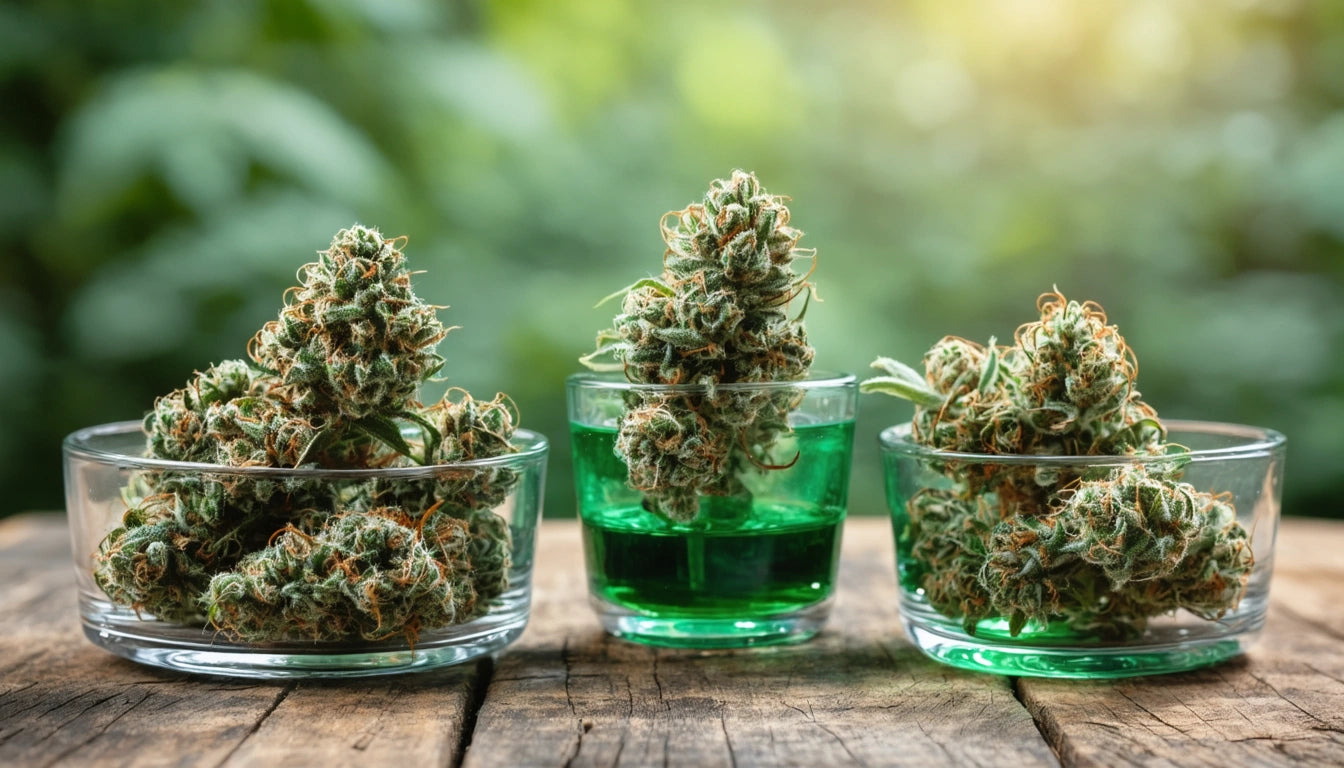Table of Contents
- Packaging Terminology Basics: Foundation Concepts
- Child-Resistant Terminology: Safety First
- Material Composition Terms: What Your Packaging Is Made Of
- Printing and Branding Vocabulary: Making Your Mark
- Sustainability Packaging Language: Green Alternatives
- Packaging Evolution: Where Industry Terms Are Heading
The Most Common Packaging Terms And What They Really Mean
Navigating cannabis packaging terminology can feel like learning a new language. From child-resistant mechanisms to sustainable materials, understanding these terms is crucial for making informed decisions. This guide breaks down the most common packaging vocabulary you'll encounter in the cannabis industry.
Packaging Terminology Basics: Foundation Concepts
Before diving into specialized terminology, it's important to understand the fundamental packaging terms that form the basis of product containment and protection.
Primary vs. Secondary Packaging
Primary packaging refers to materials in direct contact with the product, such as bottles, jars, or tubes. Secondary packaging provides additional protection or groups primary packages together, like boxes or display cartons.
Barrier Properties
These characteristics determine how well packaging protects contents from environmental factors:
- Moisture Barrier: Prevents humidity from affecting product quality
- Light Barrier: Protects against UV degradation
- Oxygen Barrier: Prevents oxidation that can degrade cannabinoids
Understanding these properties is essential when selecting packaging for cannabis products with varying shelf-life requirements.
Child-Resistant Terminology: Safety First
Child-resistant (CR) packaging is mandated for cannabis products in most markets. Knowing these terms helps ensure compliance.
CPSC and ASTM Testing
The Consumer Product Safety Commission (CPSC) and ASTM International establish testing protocols for child-resistant packaging. When a package is described as "CPSC-certified," it means it has passed specific tests with both children and adults.
Push-and-Turn vs. Squeeze-and-Turn
These terms describe different child-resistant mechanisms. Push-and-turn requires downward pressure while rotating, while squeeze-and-turn requires simultaneous squeezing of tabs and rotation.
Material Composition Terms: What Your Packaging Is Made Of
The materials used in cannabis packaging affect everything from product preservation to environmental impact.
Common Material Abbreviations
- PET (Polyethylene Terephthalate): Clear, lightweight plastic commonly used for bottles
- HDPE (High-Density Polyethylene): Durable, opaque plastic resistant to moisture
- PP (Polypropylene): Versatile plastic with high heat resistance
- PCR (Post-Consumer Recycled): Materials made from recycled consumer waste
When exploring pre-roll packaging options, many brands are turning to customizable paper cones with various material compositions that balance preservation needs with brand aesthetics.
Printing and Branding Vocabulary: Making Your Mark
Understanding printing terminology ensures your brand vision translates effectively to packaging.
Digital vs. Offset Printing
Digital printing is ideal for short runs and variable data, while offset printing provides consistent quality for large volumes. Each has different cost structures and minimum order quantities.
Hot Stamping and Embossing
These premium finishing techniques add tactile elements to packaging. Hot stamping applies metallic foil, while embossing creates raised designs. Both can elevate perceived product value.
Sustainability Packaging Language: Green Alternatives
As the cannabis industry evolves, sustainability terms have become increasingly important in packaging discussions.
Biodegradable vs. Compostable
Though often used interchangeably, these terms have distinct meanings. Biodegradable materials break down naturally over time, while compostable materials decompose into non-toxic components under specific conditions.
Bioplastics and Plant-Based Materials
These alternatives to traditional plastics include:
- PLA (Polylactic Acid): Derived from renewable resources like corn starch
- Hemp-Based Plastics: Created using industrial hemp fibers
- Bagasse: Made from sugarcane pulp after juice extraction
When evaluating sustainability claims, look for specific certifications rather than vague marketing terms.
Packaging Evolution: Where Industry Terms Are Heading
The vocabulary of cannabis packaging continues to evolve alongside regulatory requirements and consumer preferences.
New terms emerging in the industry include "smart packaging" with QR codes for authentication, "nanotechnology coatings" for enhanced preservation, and "mono-material design" for improved recyclability.
As regulations mature, expect more standardized terminology around dosing, serving sizes, and warning labels. Staying current with packaging vocabulary isn't just about compliance. It empowers better communication with suppliers and helps create packaging that resonates with consumers while protecting your products.
By mastering these essential packaging terms, cannabis brands can make more informed decisions that balance regulatory requirements, brand identity, and sustainability goals.











Leave a comment
All comments are moderated before being published.
This site is protected by hCaptcha and the hCaptcha Privacy Policy and Terms of Service apply.